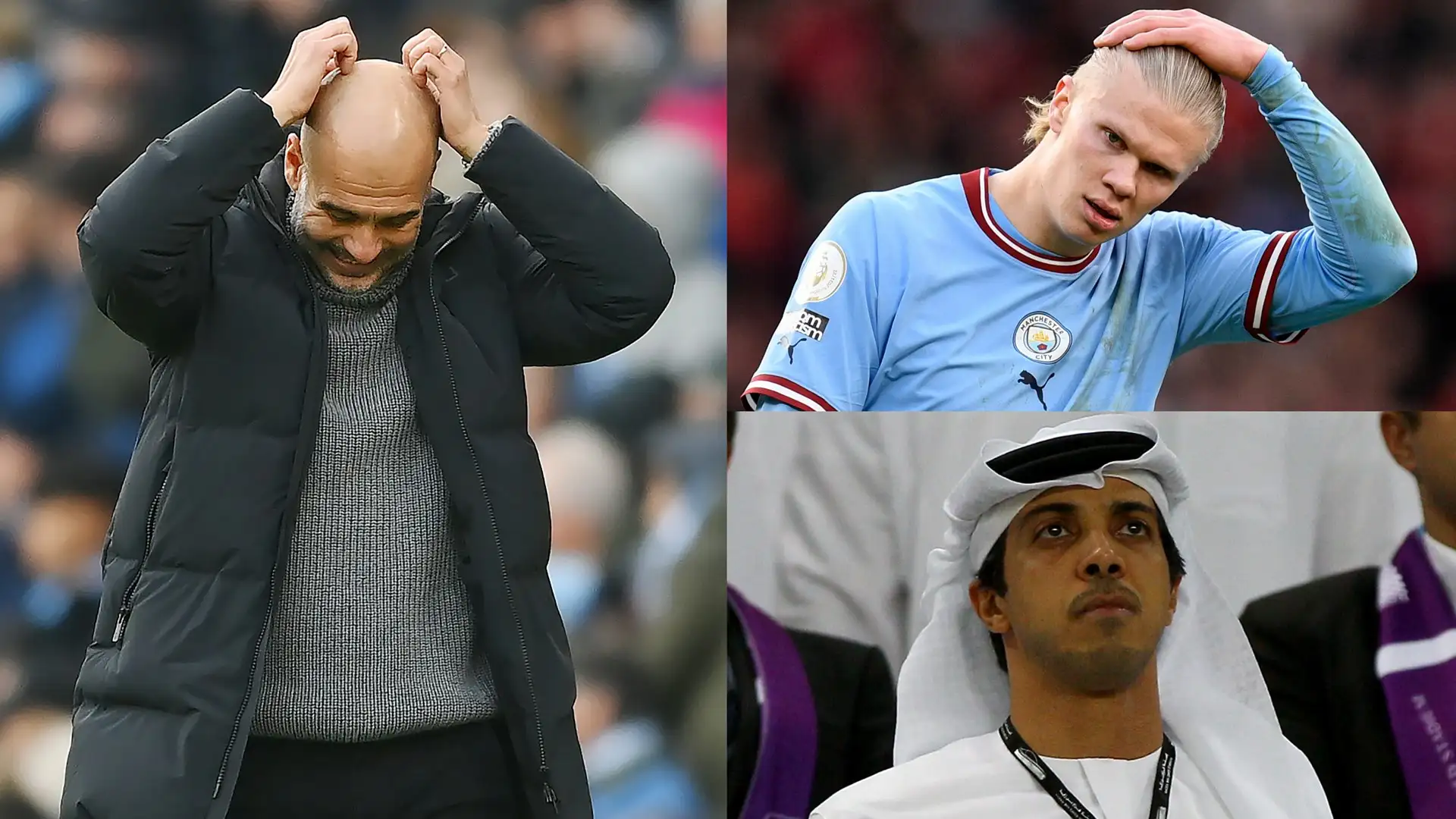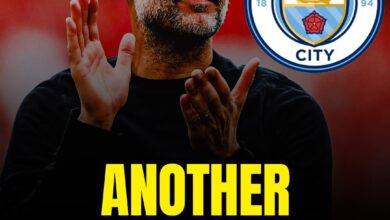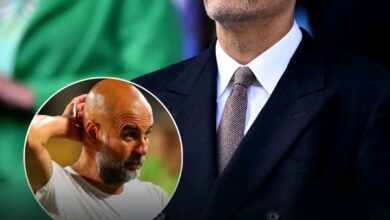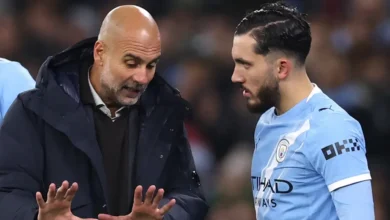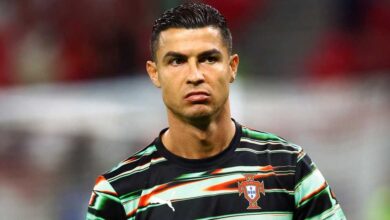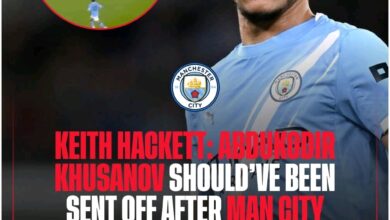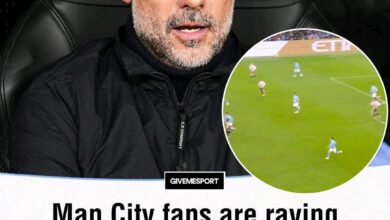A Comprehensive Analysis of the Club’s Major Personnel Changes
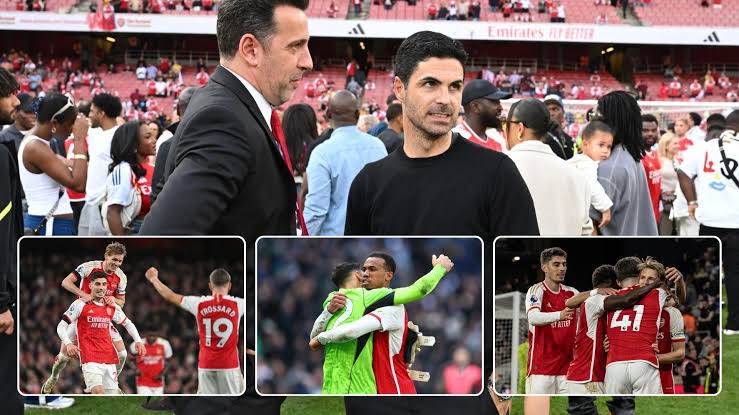
The summer of 2025 marks a pivotal moment in Arsenal Football Club’s ongoing evolution under manager Mikel Arteta. In a sweeping announcement that has sent ripples through the footballing world, the North London giants have confirmed that twenty players across their first team, academy, and women’s squads will be departing the Emirates Stadium when their contracts expire at the season’s end. This unprecedented exodus represents one of the most significant personnel overhauls in the club’s recent history and signals a clear strategic direction as Arsenal continues to reshape their identity both on and off the pitch.
The magnitude of Arsenal’s summer clearout cannot be understated. Twenty departures across multiple levels of the organization represent more than just routine contract renewals gone awry; they signify a deliberate restructuring that touches every corner of the club’s operations. From established first-team players who have been integral to Arteta’s project to promising academy prospects who once seemed destined for senior football, the breadth of departures tells a story of a club unafraid to make difficult decisions in pursuit of their long-term vision.
This sweeping change comes at a time when Arsenal has been steadily building momentum under Arteta’s stewardship. The Spanish manager has overseen a remarkable transformation since his appointment, taking the club from mid-table mediocrity to genuine title contenders. However, with success comes the need for continuous evolution, and these departures suggest that Arsenal are preparing for the next phase of their development with characteristic boldness.
The timing of these announcements, coming in the immediate aftermath of another competitive season, demonstrates the club’s commitment to forward planning. Rather than allowing uncertainty to linger over the summer months, Arsenal have moved decisively to clarify their intentions, providing both departing players and potential replacements with the clarity needed to plan their respective futures.
Among the most significant departures are those of Jorginho and Kieran Tierney, two players who have embodied different aspects of Arsenal’s recent journey. Jorginho’s exit marks the end of a brief but impactful chapter in Arsenal’s midfield evolution. The Italian international, who arrived from Chelsea with a wealth of experience and a reputation as one of the game’s most intelligent deep-lying playmakers, brought a level of tactical sophistication that perfectly aligned with Arteta’s vision for possession-based football.
During his time at the Emirates, Jorginho served as both a player and an on-field coach, his understanding of positional play and tempo control proving invaluable in Arsenal’s tactical development. His reported free transfer to Brazilian giants Flamengo represents not just a personal new adventure but also the end of a European chapter for a player who has graced some of the continent’s biggest stages. The move to South America offers Jorginho the opportunity to experience a different footballing culture while potentially extending his career in a less physically demanding environment.
Kieran Tierney’s departure carries even greater emotional weight for Arsenal supporters. The Scottish left-back’s journey from Celtic to Arsenal was initially viewed as one of the club’s shrewder signings in recent years. His attacking thrust, defensive solidity, and unwavering commitment to the cause quickly endeared him to the Emirates faithful. However, recurring injury problems and the emergence of alternative tactical approaches under Arteta gradually reduced his prominence in the first-team setup.
Tierney’s reported return to Celtic represents a homecoming for a player who never lost his connection to Scottish football. His departure closes a chapter that, while not reaching the heights initially anticipated, was marked by memorable moments and genuine dedication to the Arsenal cause. The fact that he leaves with the goodwill of supporters intact speaks to his character and professionalism throughout his time in North London.
The loan departures of Neto and Raheem Sterling present contrasting narratives of temporary arrangements that failed to deliver expected returns. Neto’s single appearance during his loan spell from Bournemouth tells the story of a goalkeeper who found himself surplus to requirements in a position where Arsenal already possessed quality options. His minimal impact serves as a reminder that not every loan signing will contribute meaningfully to a club’s ambitions.
Sterling’s situation proves more complex and arguably more disappointing given the expectations surrounding his arrival. The former Manchester City winger’s move to Arsenal was viewed as a potential game-changer, bringing proven Premier League quality and big-game experience to a squad challenging for major honors. However, his single goal in twenty-eight appearances tells a story of adaptation difficulties and perhaps a mismatch between player and system.
Sterling’s struggles at Arsenal highlight the challenges faced by established players when transitioning between different tactical approaches and team cultures. Despite his undeniable talent and previous success, his inability to consistently impact games in Arsenal’s setup serves as a cautionary tale about the importance of proper sporting fit over pure ability.
The departure of multiple academy players represents perhaps the most poignant aspect of Arsenal’s summer clearout. Hale End, Arsenal’s renowned academy facility, has built a reputation as one of England’s premier youth development centers, producing a steady stream of talented players who have gone on to represent both Arsenal and other clubs with distinction. The loss of twenty prospects across various age groups reflects both the competitive nature of modern football development and Arsenal’s increasingly demanding standards.
Salah-Eddie and Ismail Oulad M’Hand’s departures are particularly significant given their previous prominence within the academy setup. Both brothers were once considered among the most promising talents in Arsenal’s youth system, with Salah-Eddie especially catching attention during the early years of Arteta’s tenure. His loan spells at Hull City and Den Bosch were intended to provide crucial first-team experience and accelerate his development pathway.
However, the failure to break into Arsenal’s senior squad following these loan experiences illustrates the challenging transition many academy players face. The gap between youth football and senior professional football continues to widen, with clubs increasingly demanding immediate impact rather than patient development. Salah-Eddie’s departure, while disappointing from an Arsenal perspective, may ultimately prove beneficial for his long-term career prospects if it leads to regular first-team football elsewhere.
Nathan Butler-Oyedeji’s situation provides an interesting case study in the modern challenges of youth development. Despite being touted as a potential solution to Arsenal’s striker concerns during a difficult period, his single substitute appearance against Ipswich Town represents the extent of his first-team involvement. His departure highlights the immense pressure placed on young players to seize limited opportunities while competing against established professionals and expensive signings.
The exodus of Under-21 players including Khayon Edwards, Romari Forde, Jack Henry-Francis, Jimi Gower, Brian Okonkwo, and Elian Quesada-Thorn represents a significant loss of investment and potential. These players have been integral to Arsenal’s Premier League 2 campaigns and have gained valuable experience training alongside first-team players. Their departures suggest that Arsenal’s standards for progression to senior football have become increasingly stringent.
The ongoing negotiations with Michal Rosiak provide a glimmer of hope that not all promising academy prospects will be lost. The defender’s retention discussions indicate that Arsenal remain committed to identifying and nurturing genuine talent within their system, even as they make difficult decisions about others.
The departure of three players from Arsenal’s women’s squad comes at a particularly interesting time, given the team’s recent Champions League triumph. Teyah Goldie, Lina Hurtig, and Amanda Ilestedt’s exits represent the natural evolution of a successful squad that must balance celebrating current achievements with planning for continued success.
The women’s game has experienced unprecedented growth in recent years, with increased investment, higher standards, and greater competition for top talent. Arsenal Women have been at the forefront of this development, consistently competing at the highest levels of domestic and European competition. The departure of established players, while potentially disruptive in the short term, may also create opportunities for new signings and emerging talents to contribute to the squad’s continued evolution. The ongoing discussions with Chloe Kelly, currently on loan from Manchester City, highlight the increasingly complex nature of player movements in women’s football. Kelly’s potential permanent move to Arsenal would represent a significant statement of intent, given her quality and the competitive dynamics involved in securing her services from a direct rival.
Arsenal’s willingness to release twenty players simultaneously suggests a level of strategic confidence that extends beyond mere cost-cutting measures. This comprehensive clearout indicates that the club’s leadership, led by Arteta and sporting director Edu, has a clear vision for the squad’s future composition and is prepared to make bold decisions to achieve it.
The financial implications of these departures are significant, with the club freeing up substantial wage budget that can be redirected toward new signings and contract renewals for key players. This financial flexibility becomes particularly important in an era of Financial Fair Play regulations and increased scrutiny of club spending patterns. From a squad management perspective, the departures create numerous opportunities for new signings across all levels of the club. Arsenal’s transfer strategy for the upcoming window will need to address not only first-team requirements but also the need to replenish their academy ranks and strengthen their women’s squad.
The departure of experienced players like Jorginho and Tierney creates space for Arsenal to target younger, hungrier players who can grow with the project over multiple seasons. This approach aligns with modern football’s emphasis on building sustainable success through smart recruitment and player development.
The ongoing negotiations with Thomas Partey represent perhaps the most intriguing subplot in Arsenal’s summer planning. The Ghanaian midfielder has been a crucial component of Arteta’s tactical setup when fit, providing the defensive stability and passing range that anchors Arsenal’s midfield structure. However, his injury history and the natural aging process raise questions about his long-term viability as a key player.
Reports linking Partey with a move to Barcelona add another layer of complexity to his situation. The Spanish giants’ interest suggests that his ability remains highly valued at the highest levels of European football, potentially increasing the financial demands of any contract renewal. Arsenal’s decision-making regarding Partey will serve as an indicator of their approach to similar situations involving aging players with significant salary demands.
The resolution of Partey’s situation will have implications beyond his individual contribution. His departure would necessitate significant investment in midfield reinforcement, while his retention would provide continuity and experience during a period of broader squad transition.
These departures must be understood within the broader context of Arsenal’s transformation under Arteta. The Spanish manager inherited a club in decline, struggling with inconsistent performances, aging infrastructure, and a disconnect between the first team and academy systems. His systematic approach to rebuilding has involved difficult decisions at every level of the organization.
The willingness to part ways with twenty players simultaneously demonstrates the confidence that has developed within Arsenal’s leadership structure. This confidence stems from recent competitive success, improved financial stability, and a clearer understanding of the club’s long-term objectives.
Arsenal’s approach contrasts sharply with clubs that maintain large squads filled with peripheral players. By making decisive cuts, they create clarity for all parties involved while positioning themselves to make targeted, high-impact signings in key areas.
The confirmed departures create both challenges and opportunities for Arsenal’s recruitment team. The need to replace twenty players across multiple levels requires careful planning and significant investment. However, it also provides the flexibility to reshape the squad according to current tactical preferences and future ambitions.
The summer transfer window will serve as a crucial test of Arsenal’s recruitment capabilities. Success will be measured not only by the quality of individual signings but also by how well new additions integrate into existing systems and contribute to continued competitive progress.
Arsenal’s ability to navigate this transition period successfully will depend on their capacity to identify and secure appropriate replacements while maintaining the momentum built over recent seasons. The scale of change involved makes this summer potentially decisive for the club’s medium-term prospects.
## Conclusion: A Calculated Gamble on the Future
Arsenal’s decision to release twenty players represents a calculated gamble on their ability to successfully rebuild while maintaining competitive standards. The comprehensive nature of this clearout demonstrates both ambition and confidence in the club’s current direction.
While some departures will be mourned by supporters and may create short-term challenges, the overall strategy suggests a club unwilling to accept mediocrity or maintain the status quo. Arsenal’s willingness to make difficult decisions positions them to continue their upward trajectory under Arteta’s leadership.
The success of this strategy will ultimately be judged on the club’s ability to secure appropriate replacements and maintain competitive performance levels. However, the boldness of the approach itself signals a club that has rediscovered its ambition and is prepared to make the necessary sacrifices to achieve sustained success.
As Arsenal enters what promises to be a transformative summer, the football world will watch with interest to see how effectively they can navigate this period of significant change while continuing their pursuit of major honors.




